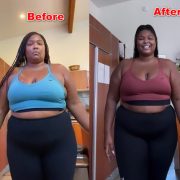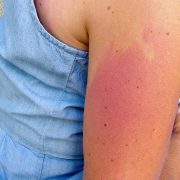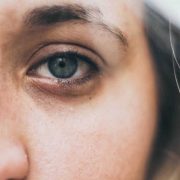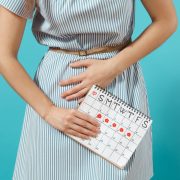Looking for information on fertility? Check out this article to know when are women most fertile!
“When are women most fertile?” may be the number one question on your mind when you’re trying to conceive. Though the answer is dependent on a variety of circumstances, there are certain actions you can take to determine your peak fertility and boost your chances of conceiving successfully.
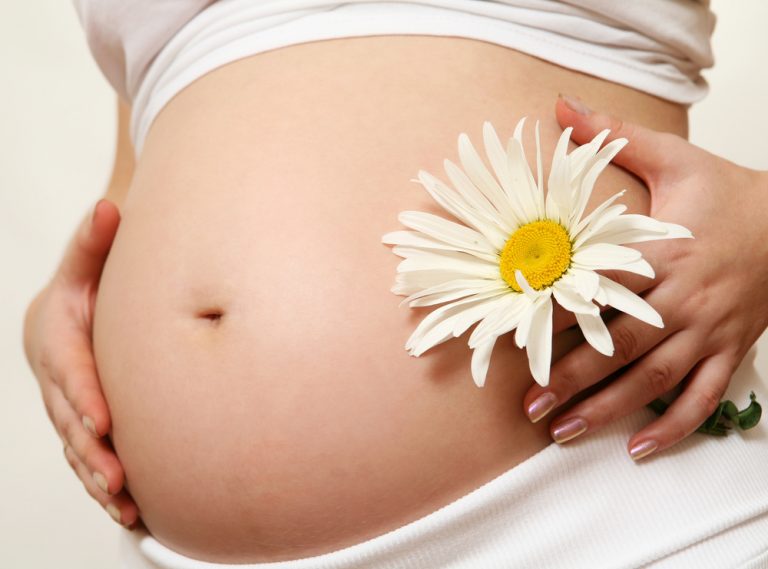
Choosing the best time to start a family is a personal and crucial decision. Each woman must assess her circumstances, such as if she is emotionally prepared to become a parent if she is settled in her work, and if she is financially stable.
When attempting to conceive, knowing when ovulation happens and when a person is most fertile might be beneficial. Some people may want to keep track of their reproductive window to prevent getting pregnant.
So exactly when are women most fertile?
The ability of a woman to conceive a biological child is referred to as female fertility. It is only possible to become pregnant at a precise point in each menstrual cycle. This ‘fertile window’ occurs once a month, usually around the time of ovulation, when the woman ovulates and releases an egg about two weeks before her next period.
Since sperm may live for many days within the female body, it is possible to get pregnant in the days leading up to ovulation.
Although conception can only happen once every three days throughout your cycle, your fertile window, during which intercourse can lead to pregnancy, can extend up to eight days. The ‘safe period’ refers to the days of the menstrual cycle when a woman is least likely to become pregnant.
How do you know when you’re fertile?
Here are some ways to know:-
1. Calculators for ovulation
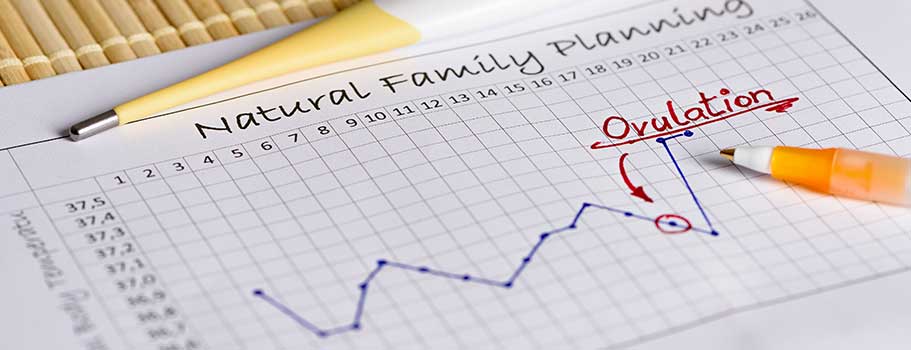
Ovulation calculators predict the most probable day of ovulation. They predict based on the date of your previous period and your usual cycle length. Ovulation calculators are a realistic choice for those who have highly regular menstrual cycles, even if they aren’t the most precise approach.
2. Basal Body temperature
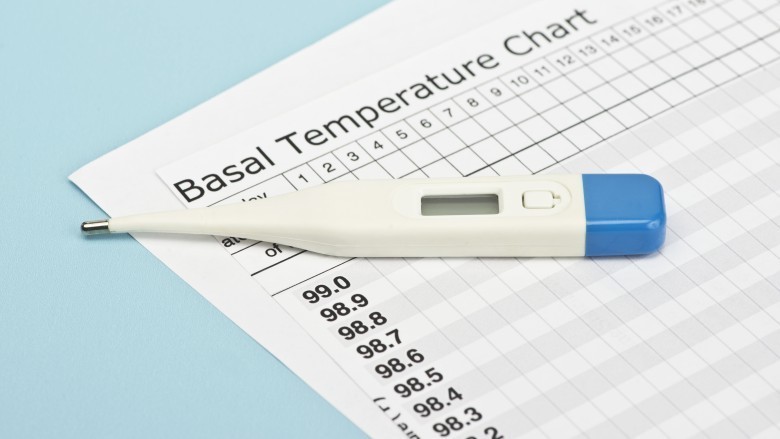
Did you know that after ovulation, your body temperature significantly rises? Without the use of a thermometer and close monitoring of your basal body temperature, this shift is modest and seldom evident. The temperature of your body when you first wake up in the morning, before you move or talk, is your BBT.
You’ll need to monitor your basal body temperature every day within the same half-hour time frame to record it. You’re probably ovulating if you see a three-tenths of a degree spike in your temperature throughout the past six days.
3. Ovulation testing at home
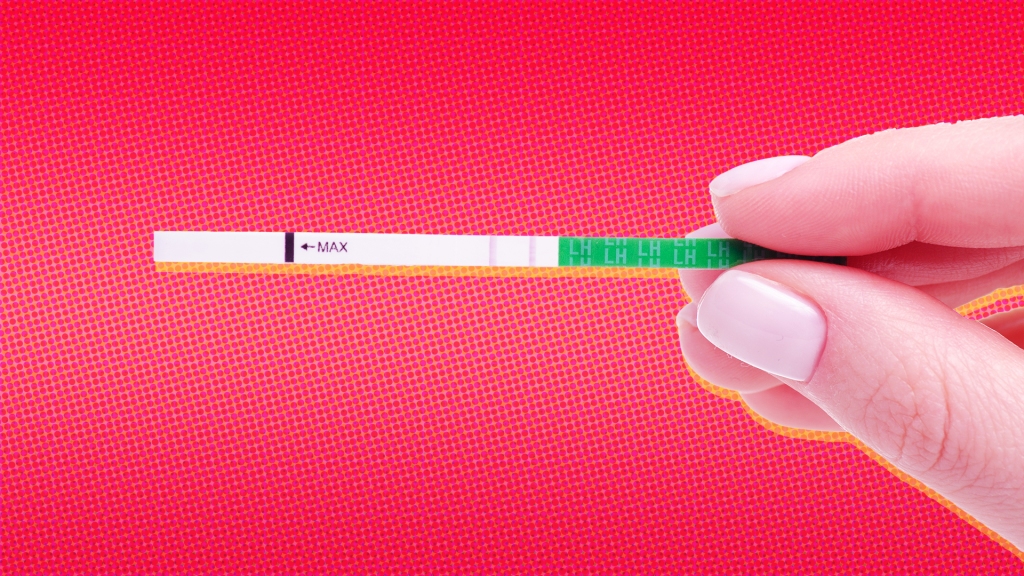
Home ovulation tests, like home pregnancy tests, detect the presence of a particular hormone in your urine. Human chorionic gonadotropin (hCG) is detected in pregnancy tests, whereas luteinizing hormone is detected in ovulation tests. Your ovary is triggered to release an egg when your LH levels rise.
These kits are useful for folks who are having trouble keeping track of their fertility symptoms or just want confirmation. The biggest disadvantage of these tests is that if the LH surge is not detected before ovulation, your reproductive window has already closed.
4. Cervical Mucus
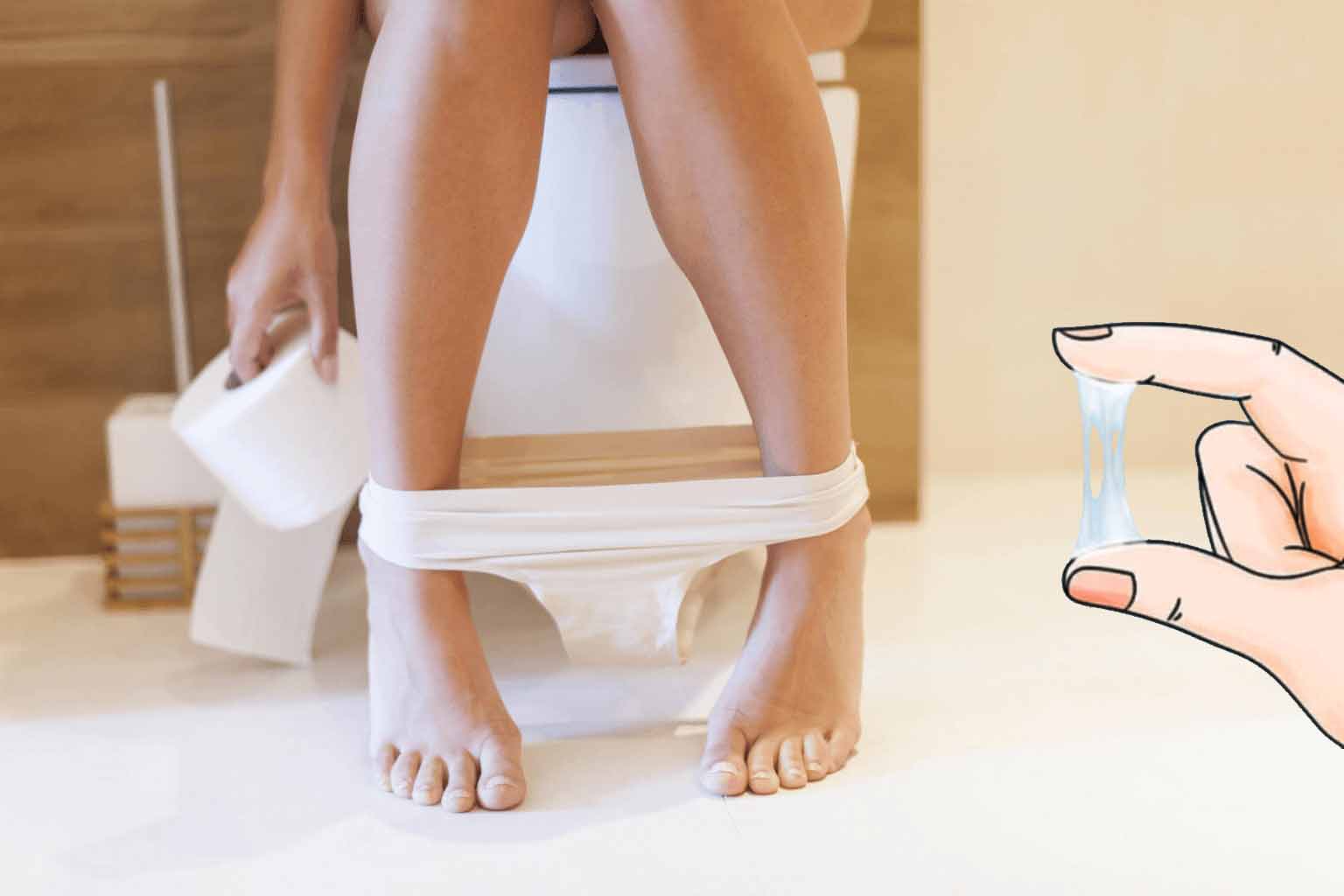
One of the most efficient and natural ways to identify whether you’re pregnant is to examine your cervical mucus. It also has the added benefit of being able to forecast ovulation before it occurs.
Cervical fluid is a clear to yellowish discharge that occurs during your menstrual cycle. It might be sticky or lotiony at times. It’s moist and slippery like egg whites when you’re ready to start ovulating. It is worth noting that sperm have the highest chance of surviving in moist, slick cervical fluid.
It’s as easy as monitoring the consistency of your cervical fluid whenever you go to the restroom and keeping track of it. Most women observe a steady rise inconsistency from none (on dry days) to sticky, lotiony, watery, and egg-white.
Is there a link between a woman’s age and her ability to conceive?
Ovulation and the fertile window can differ from cycle to cycle, as well as with age. From the age of 35 onwards, female fertility begins to diminish naturally. With age, both the number of eggs and the quality of the eggs diminish. Ovulation may become irregular as well. Endometriosis and polycystic ovarian syndrome are two medical diseases that make conception more challenging.
When are men most fertile?

Because sperm is constantly generated and stored in the testicles, men do not have a ‘fertile window.’ Though, men are more fertile in the morning, according to lots of anecdotal evidence.
Conclusion
So, this was our guide on ‘When women are most fertile. We hope you found this article informative. Let us know your thoughts in the comment section.
